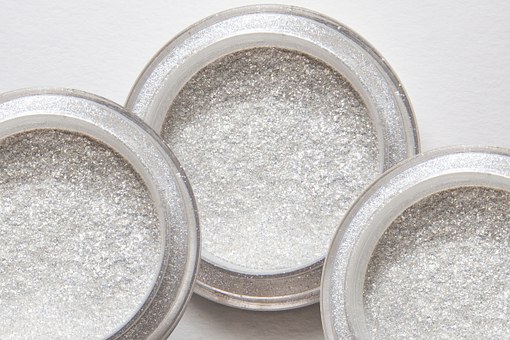
How can you protect nothing? No brand IP.
When did simple or minimal branding become so desirable? Did it start with Coco Chanel’s No.5 perfume bottle in 1924? Or as an automatic response to the 1980s – the decade that style forgot and dramatic, brazen, branding ruled? The catalyst which has made minimal branding so desirable may be unclear, but a tribe of cosmetic companies has emerged who are deliberately turning their backs on opulent branding.
It is easy to assume that minimal branding does not warrant trade mark protection, but companies should not confuse minimal with non-distinctive branding. Minimal branding can, and should, be protected.
The current trend towards cleaner branding has accelerated and is often closely associated with chemical-free, cruelty-free or organic ingredients. And this strategy has proved to be successful with many new brands, such as The Ordinary, building up a cult following and loyal customer base before going on to become significant influencers in the sector.
But how have cosmetic companies managed to maintain or achieve brand recognition when so many of the branding elements are stripped back?
Beauty bloggers and influencers drive the way customers view and select cosmetic products, which in turn drives how companies must brand their products and connect with their base. With potential customers scrolling through hundreds of pictures on Instagram, companies know that they only have seconds to make an impression and stand out. Therefore, the brand and the packaging has to be memorable even at a passing glance.
Showing that minimal branding does not mean non-distinctive branding, consider the logos of M.A.C., Chanel and Calvin Klein. The brands are clean and streamlined and repeatable across the product lines and media channels, working on the assumption that repeated customer exposure creates recognition, which builds reputation, which generates sales.

Single letters or single numbers, isolated icons are all potentially capable of being registered as a trade mark for cosmetics. Branding does not need to be complicated or compromised of lots of elements in order to meet the registration requirements. Trade mark protection can now extend to smells and colour and so the possibility to protect key marketing elements is wider than ever.
But what about the companies who have gone even further and have also removed or simplified the packaging? Lush claim not to use any packaging on nearly 50 per cent of its products, L’Oréal has pledged to reduce water consumption by 60 per cent for each finished product (including associated packaging) by 2020 (compared to 2005). Both initiatives are fantastic for the environment and on message for the customer base but where does it leave the company in terms of protecting the look and feel of the product? How do you effectively protect branding and packaging which is so minimal or in some cases non-existent? It is a difficult conundrum.
With some products, such as a bar of soap, the brand can be embossed directly onto the product but this is not the case for the majority of products. Some companies cleverly use the colour or pattern to communicate the branding message – think tarte™ Aztec inspired pattern. Both of which can also be effectively protected through either registered trade marks or registered designs. The resulting IP provides useful tools in the fight against ‘me too’ products.
For brands which truly are minimal in the get up, there is an increased importance on the marketing associated with the product or product range, to ensure that consumers are aware which company is behind the product. That is after all, the whole point of brands – to enable repeat purchases to occur.
In the context of ‘no brand’ products, controlling the route to market is imperative to retain control over the brand and to ensure that customers are able to recognise genuine items. Mechanisms such as the Amazon Brand Registry allow sellers to control the supply chain and verify the authenticity of products. In order to use this system, companies need an active registered trade mark in each territory where they wish to enrol. At the moment, Amazon only accepts trade marks issued by government trade mark offices in a small number of territories but, as this system grows, it is likely to become an increasingly popular way for sellers to protect their products and an increasingly used ecommerce platform for cosmetics.
So to wrap up; think about trade mark and design registration – even the simplest of branding can be protected in most cases; secure registered IP rights to ring fence routes to market; be consistent in communications across all platforms – ensure the brand is coherent in terms of style and images used – this will aid marketplace recognition which is essential for commercial success.
At Barker Brettell we have a team of IP experts with lots of experience of supporting cosmetic companies. If you want to discuss any of the subjects in this article or anything else, please email Rosalyn Newsome, Head of Cosmetics Sector.



